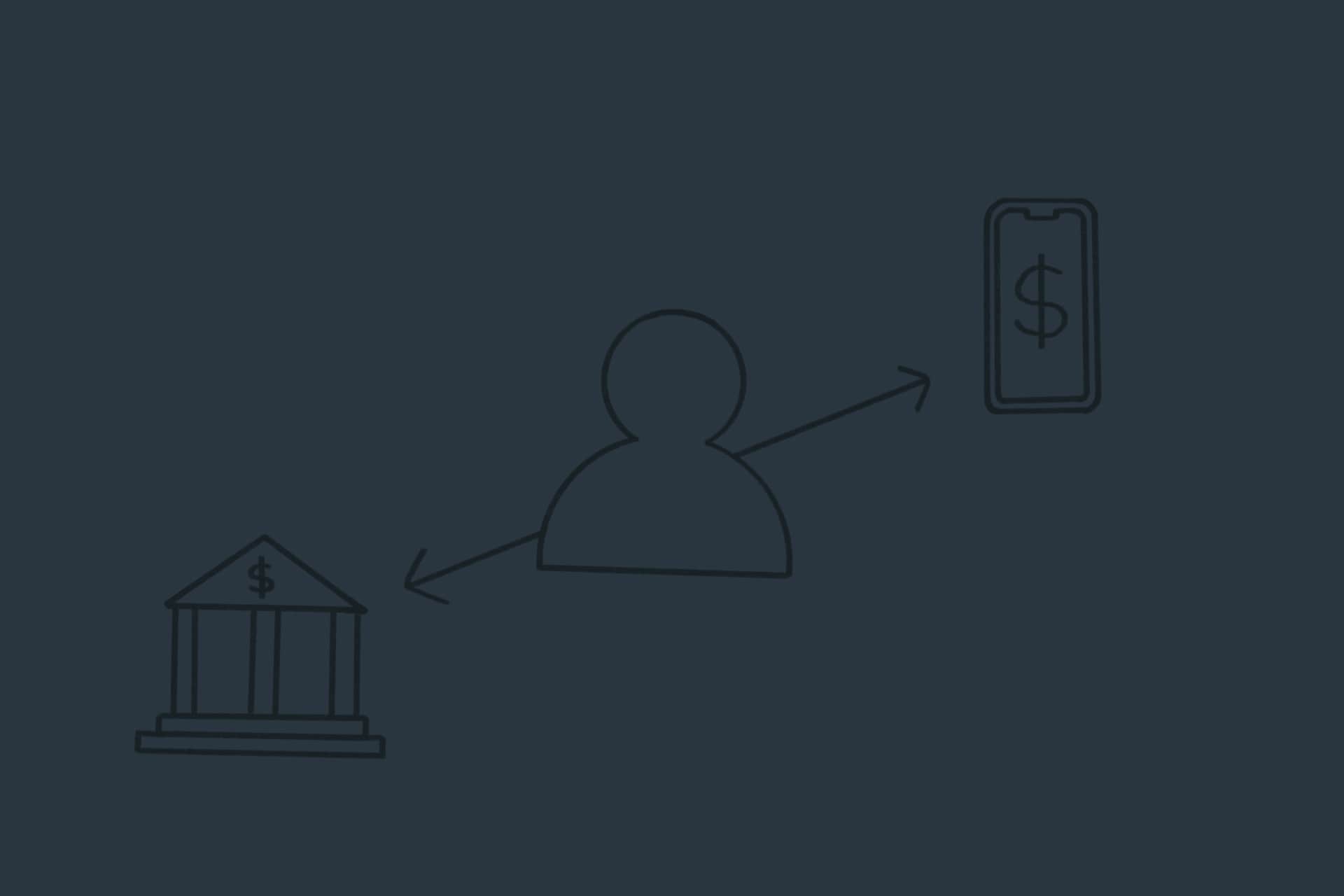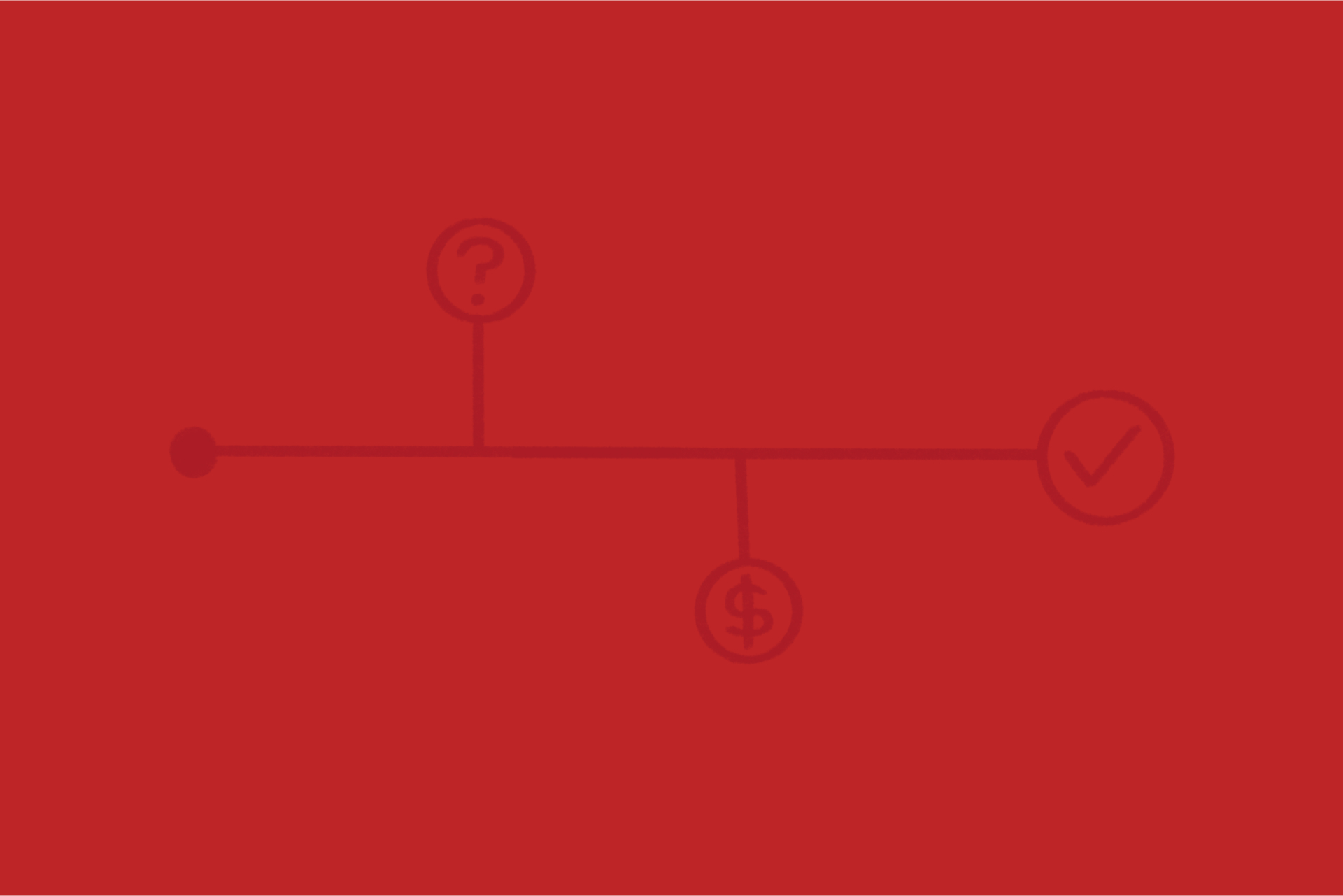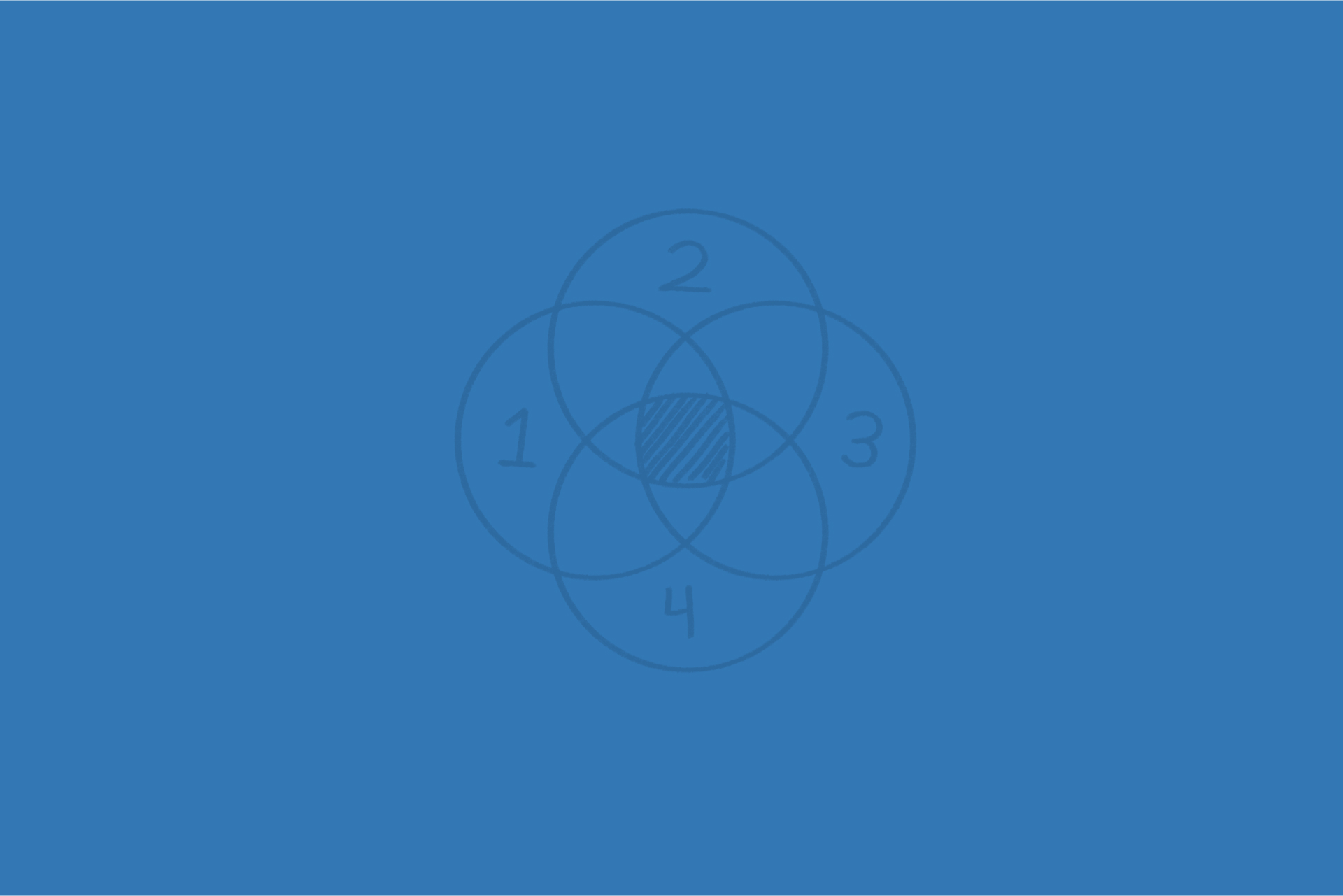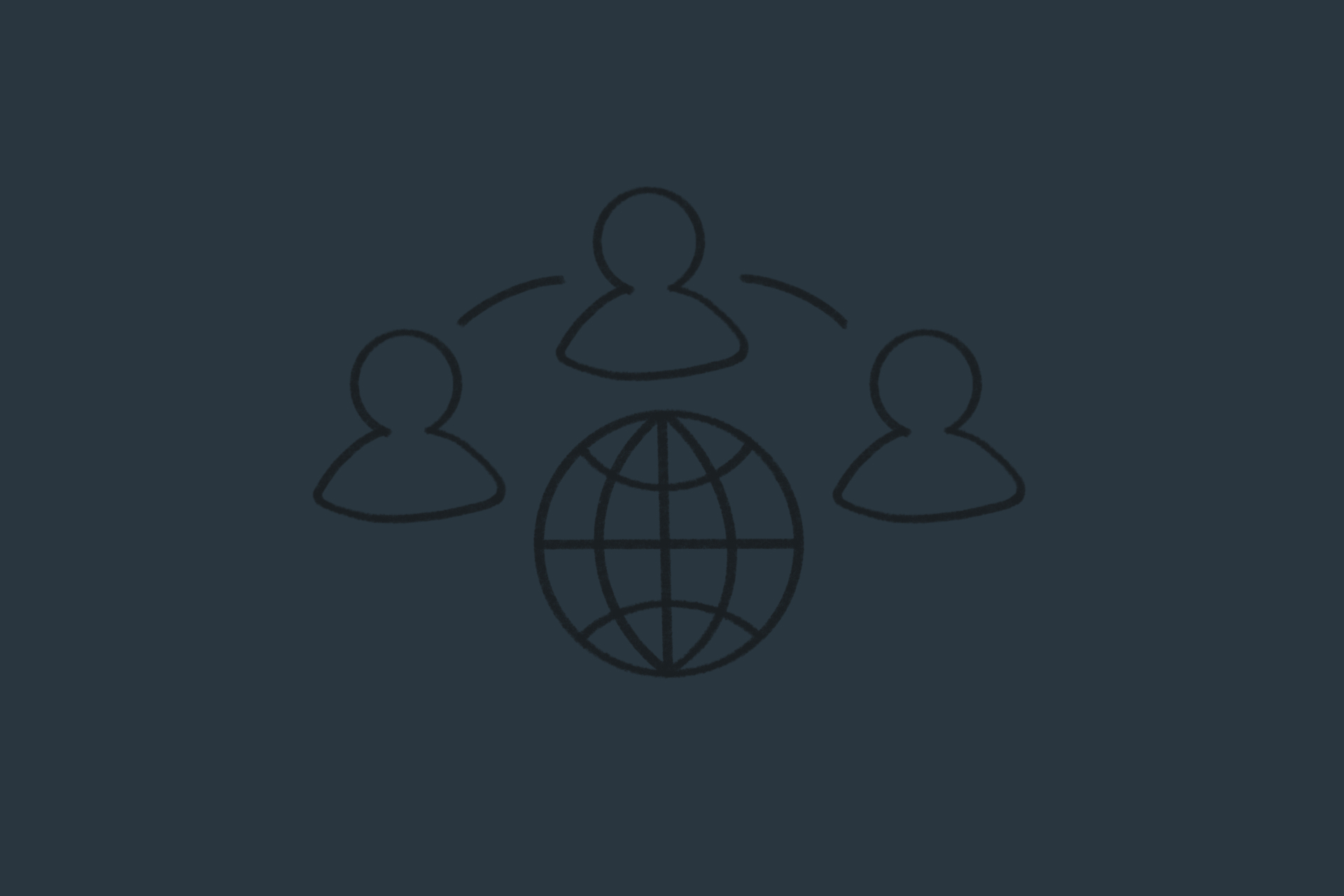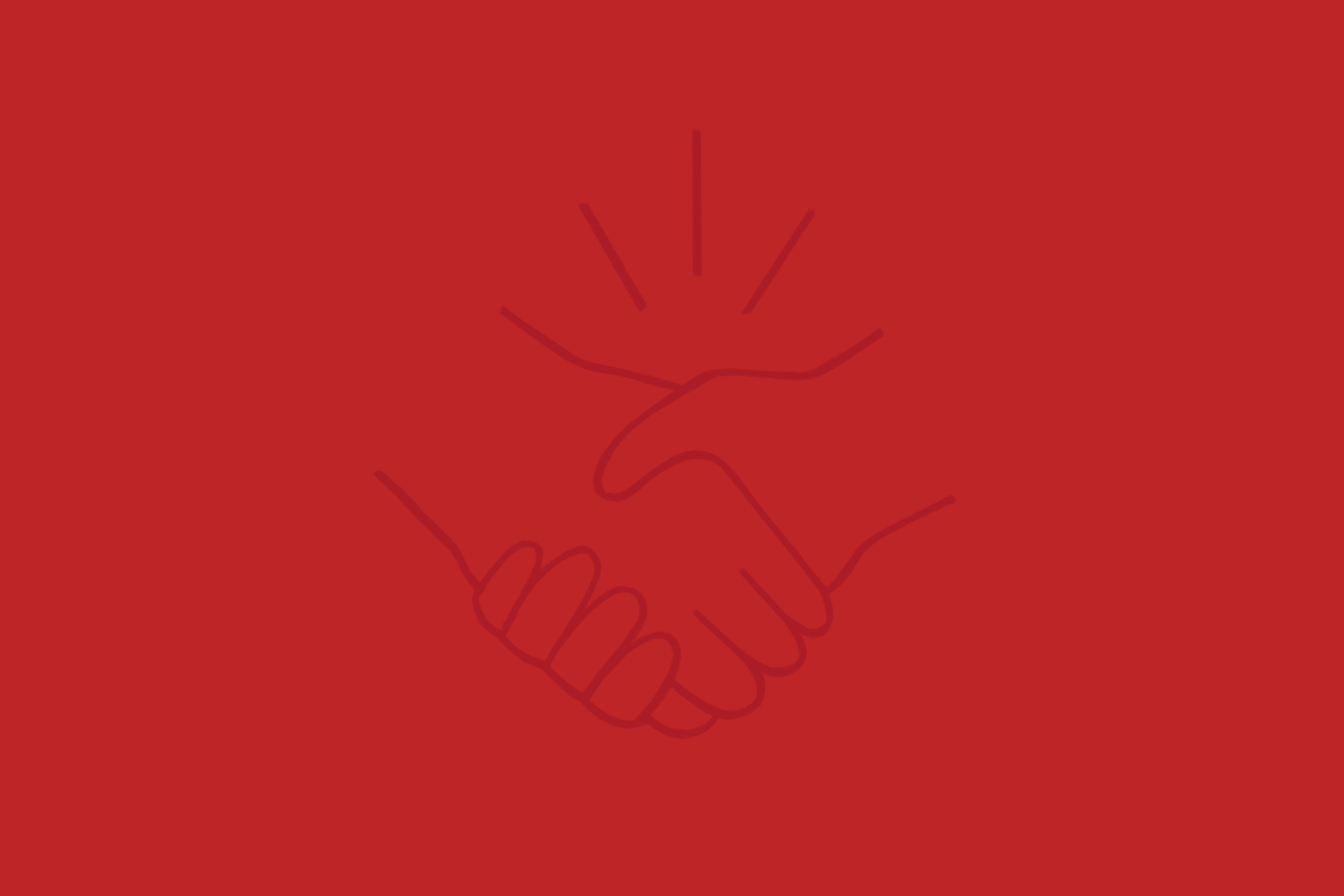The Three Models That Shape Every Product (And How to Use Them)
Why it matters: Many products struggle despite being built by top teams and incorporating user feedback. Why? Because they don’t align the three key models of product design:
- The engineering model (how it actually works)
- The user model (how people think it works)
- The design model (how we want them to think it works)
🎧 In this episode of Humans First, hosts Andrew Sladky, Kurt Vander Wiel, and Nick Bray discuss why design choices should go beyond just listening to users.
The three models
Even the best product teams, with top engineers and strong user research, sometimes build products that just don’t work. Why? Because they fail to align the three key models that define how a product is designed, understood, and used:
- The Engineering Model – How the product actually functions under the hood.
- The User Model – How users think the product works based on their own assumptions and experiences.
- The Design Model – How designers want users to understand and interact with the product.
When these models don’t align, users experience confusion, frustration, and inefficiency—no matter how advanced the technology is or how much user feedback was considered.
In this episode of Humans First, hosts Andrew Sladky, Kurt Vander Wiel, and Nick Bray break down how these models impact product success and share real-world examples of how misalignment leads to failure.
The Toaster Problem: A Simple Example of Misaligned Models
Let’s start with something simple: a toaster.
When you adjust the knob on a toaster, what do you think it does? Most people assume one of three things:
- It controls the level of “toastiness.”
- It sets a timer for how long the bread stays inside.
- It changes the heat level of the toaster.
The real answer? The knob adjusts a thermocouple that monitors temperature inside the toaster. The bread’s moisture evaporates as it toasts, and once enough moisture is gone, the toaster turns off.
This is a classic case of misaligned models:
- The engineering model defines what actually happens inside the toaster.
- The user model is based on personal experience and assumptions.
- The design model (the knob and markings) determines how people interact with it.
If the engineering model were fully exposed, users would need to understand evaporative cooling to make a piece of toast—clearly not a great experience. Instead, good design simplifies the interaction to match user expectations.
Read: Balancing user models with design models
The Danger of the Engineering Model Leaking Through
Sometimes, designers fail to bridge the gap between how a product works and how users think it works. This is especially problematic in industries where complex systems drive user interactions.
Example: Banking Software and Memorized Codes
Many bank employees rely on memorized transaction codes to navigate their internal systems. Instead of using human-friendly labels like “Wire Transfer” or “Overdraft Fee,” they must remember numerical codes like 4817 or 7203—because that’s how the engineering model stores the data.
This results in:
❌ Inefficiency: Employees waste time looking up codes.
❌ Training costs: New hires struggle to learn the system.
❌ User error: Misremembered codes lead to costly mistakes.
What’s the fix? A better design model. Instead of forcing users to adopt the engineering model (random transaction codes), the interface should translate engineering data into meaningful, human-readable labels.
When the User Model Becomes the Problem
At first glance, designing around the user model seems like the best approach—just give people what they expect! But this can lead to its own set of issues.
Example: The Legacy Military System That Was Too Hard to Change
In a missile defense system designed decades ago, operators had to navigate through hundreds of pages of settings, arranged in a way that made sense to engineers. Over time, experienced users memorized the exact keystrokes and sequences needed to access critical information—despite the interface itself being unintuitive.
When a new design was proposed to streamline workflows, veteran users resisted change because they had already mastered the inefficient system. The user model had merged with the engineering model, making it nearly impossible to introduce improvements without disrupting existing workflows.
The takeaway?
- Just because users have adapted to a flawed system doesn’t mean it’s the best design.
- A great design model challenges inefficient user models and provides a better way forward.
Why Great Products Don’t Just Copy User Feedback
One of the biggest myths in product design is that listening to users is enough. The reality? Users often suggest small, incremental improvements rather than transformative solutions.
Example: Apple’s Time Machine
If Apple’s UX team had asked users how they wanted to find an old file, they might have heard:
- “Give me a list of files sorted by date.”
- “Let me undo deletions with a back button.”
Instead, Apple designed Time Machine, a visually immersive way to “travel back in time” and see your desktop exactly as it looked days, weeks, or months ago. The UX innovation—instead of mimicking traditional file search interfaces, Apple combined:
- The user’s goal (recover lost files).
- Cognitive psychology (people recognize past layouts better than lists).
- A fresh metaphor (a time machine instead of a file browser).
Users never would have come up with this on their own—but once introduced, they instantly understood and embraced it.
Read: Stop asking users what they want
How to Align the Three Models for Better Design
To create intuitive digital products, teams must actively bridge the gap between these models:
- Understand the engineering model – What’s actually happening behind the scenes?
- Map the user model – How do users think it works? What mental shortcuts are they making?
- Define the design model – How should we present this in a way that makes sense while respecting both of the above?
The best designs don’t just follow one model—they intentionally create a new one that balances technical accuracy with usability.
Bring this back to your team
- The engineering model defines how a system truly works—but exposing it directly to users often leads to confusion.
- The user model is how people think things work, based on experience—but it’s often flawed or outdated.
- The design model is where great UX happens—it aligns user expectations with reality in a way that is intuitive and useful.
- Just listening to users leads to incremental improvements—but transformative products require redefining the user model.
- The best products—from toasters to banking software to Apple’s Time Machine—succeed because they carefully craft a design model that works.
For more insights on how to design better products, listen to the full episode of Humans First.
